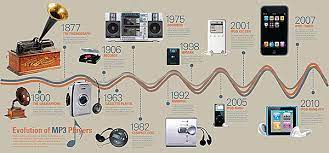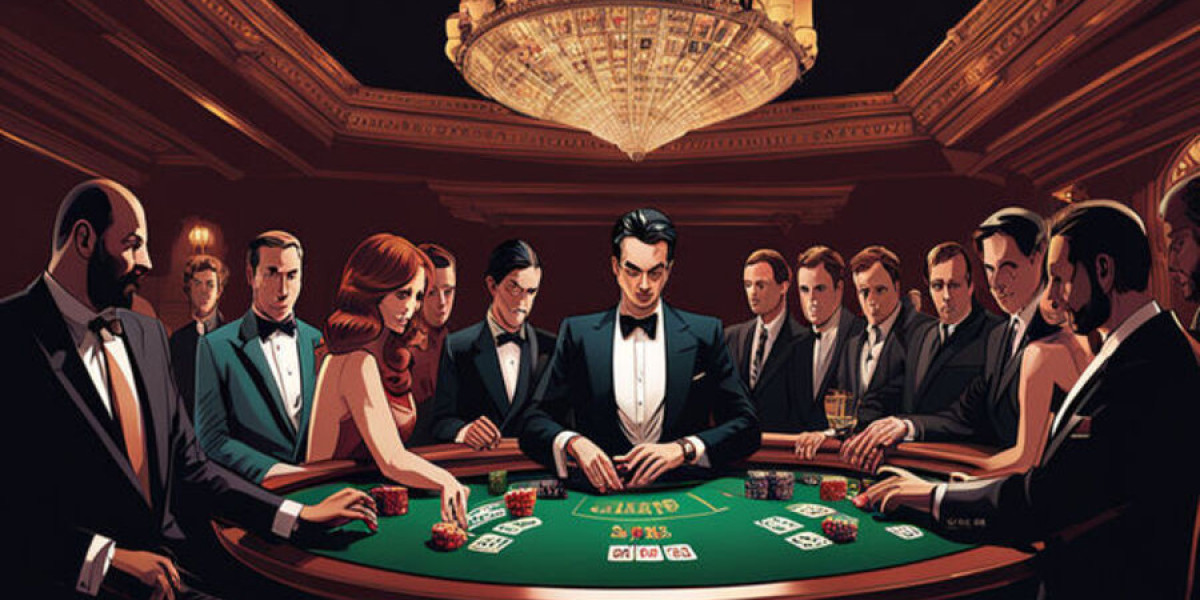Music has been an integral part of human culture since the dawn of civilization. From the earliest tribal chants to modern-day pop songs, music has undergone a remarkable evolution. In this article, we will explore the various stages of this evolution, from the earliest forms of music to the music of today.
The first known musical instrument is the bone flute, which dates back over 40,000 years. These early flutes were made from animal bones and were played by blowing across a hole in the side. These flutes were used in various cultural and spiritual practices, and were often used to communicate with the spirits of the natural world.
As human societies developed, so did their music. In ancient Greece, music was considered an important part of education, and was studied alongside mathematics and philosophy. The Greeks developed a system of musical notation and created the lyre, a stringed instrument that was played by plucking the strings with a plectrum.
In the Middle Ages, music was predominantly religious in nature, and was used to convey the teachings of the church. Gregorian chant, a type of plainchant that was sung by monks, was the dominant form of music during this period. However, as the Middle Ages progressed, secular music began to emerge, and the first polyphonic music was created. Polyphony is the use of multiple voices or instruments to create harmony and counterpoint.
The Renaissance saw a flowering of musical creativity, with composers such as Giovanni Pierluigi da Palestrina and William Byrd creating intricate and complex works of choral music. The Baroque period saw the emergence of opera, with composers such as Claudio Monteverdi and George Frideric Handel writing works that combined music, drama, and visual spectacle.
The classical period, which spanned from the mid-18th to the early 19th century, saw the emergence of the symphony and the concerto. Composers such as Wolfgang Amadeus Mozart, Ludwig van Beethoven, and Franz Joseph Haydn wrote works that are still performed and studied today. The Romantic period, which followed the classical period, was marked by an emphasis on emotion and individualism, with composers such as Frederic Chopin and Franz Liszt writing works that were intensely personal and expressive.
The 20th century saw a revolution in music, with the emergence of jazz, blues, and rock and roll. Jazz, which originated in the African American communities of New Orleans, was characterized by improvisation and syncopation. Blues, which originated in the rural South, was characterized by its simple chord progressions and raw emotional power. Rock and roll, which emerged in the 1950s, combined elements of blues, country, and gospel music to create a new sound that spoke to the youth culture of the time.
In the latter half of the 20th century, music continued to evolve and diversify, with the emergence of new genres such as hip hop, electronic dance music, and grunge. These new genres reflected the changing social and cultural landscape of the time, and continue to shape the music of today.
In conclusion, the evolution of music is a testament to the creativity and ingenuity of human beings. From the earliest bone flutes to the complex symphonies of the classical period, to the raw power of rock and roll and the electronic beats of modern dance music, music has always been a reflection of the culture and society in which it was created. As we continue into the 21st century, it will be fascinating to see how music continues to evolve and adapt to the changing world around us.








